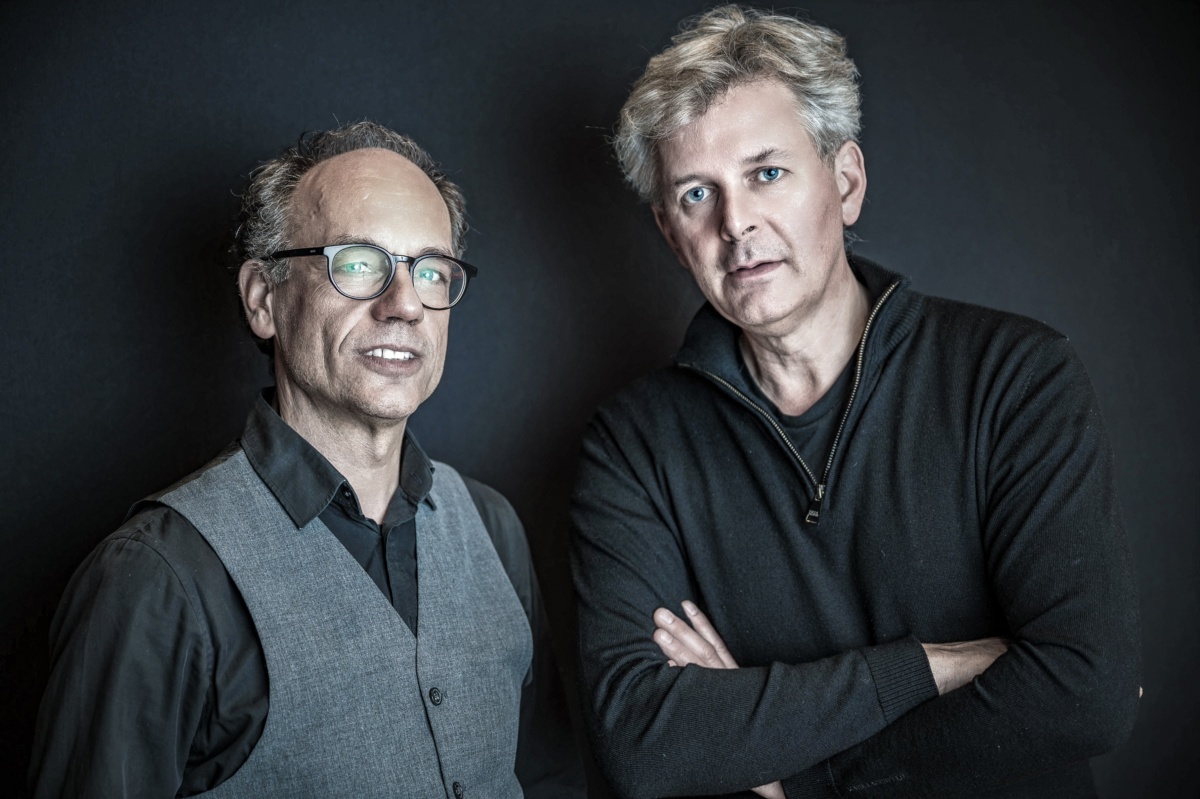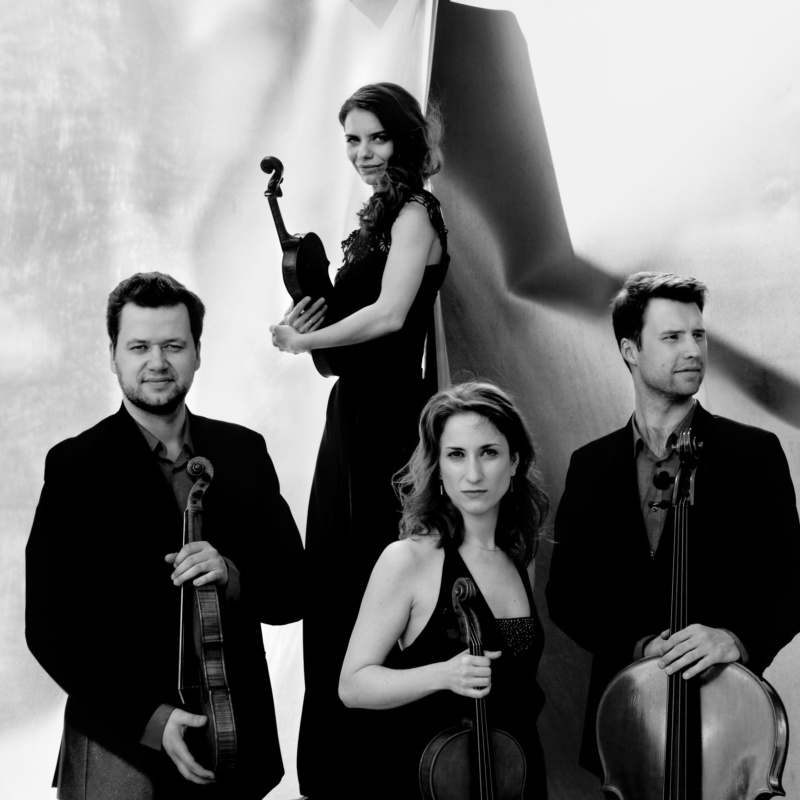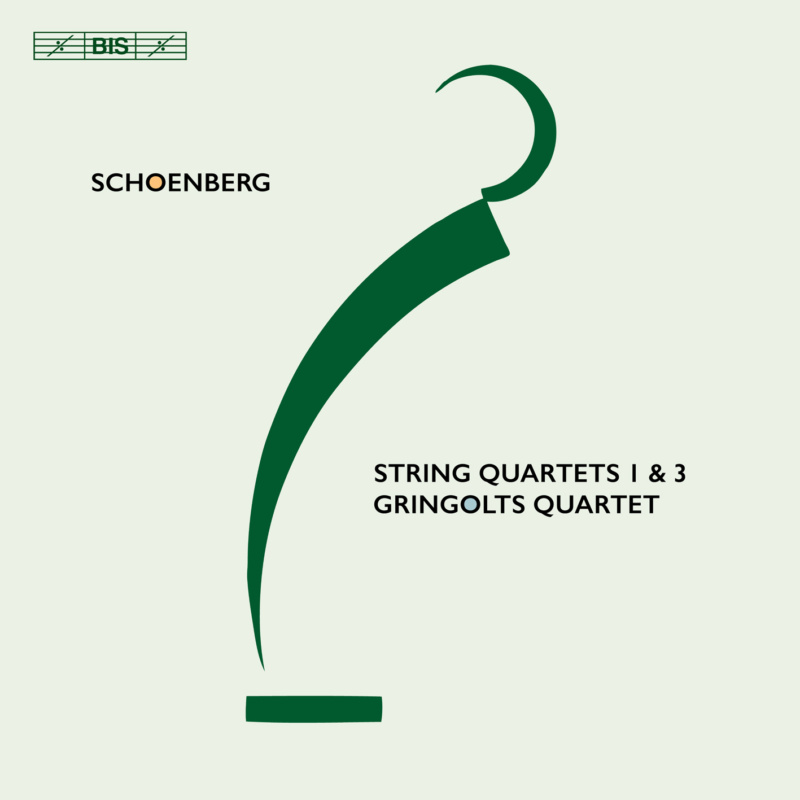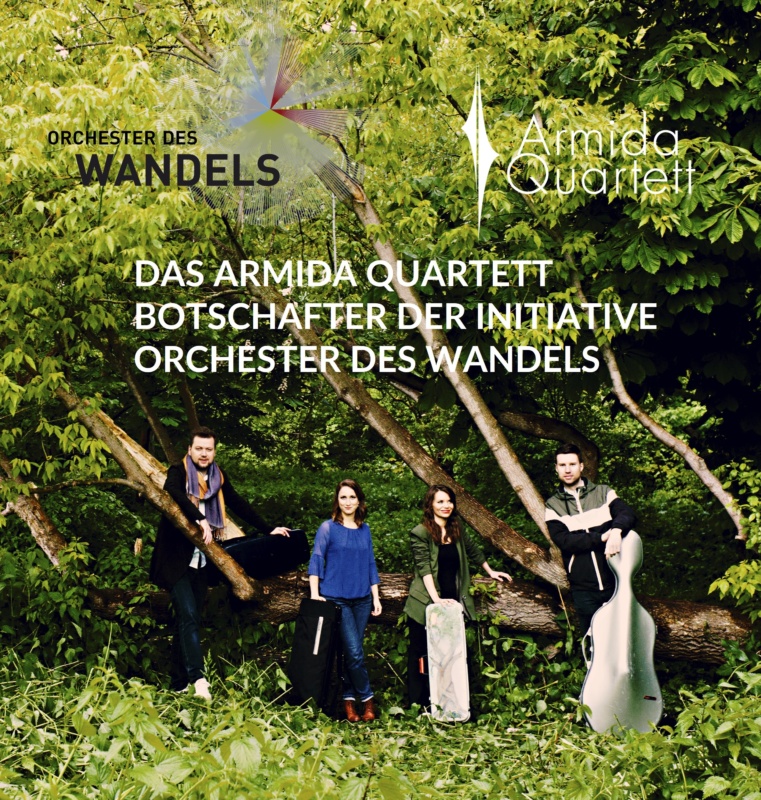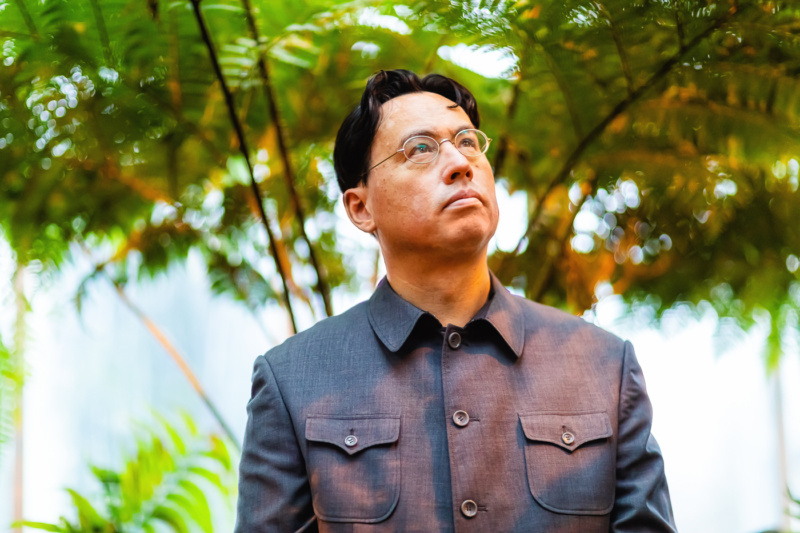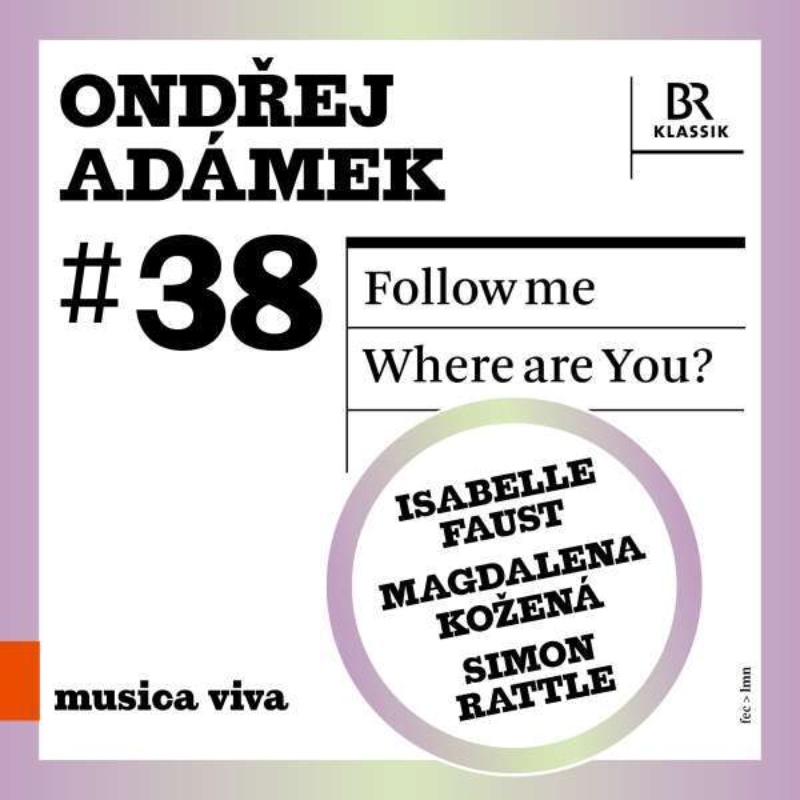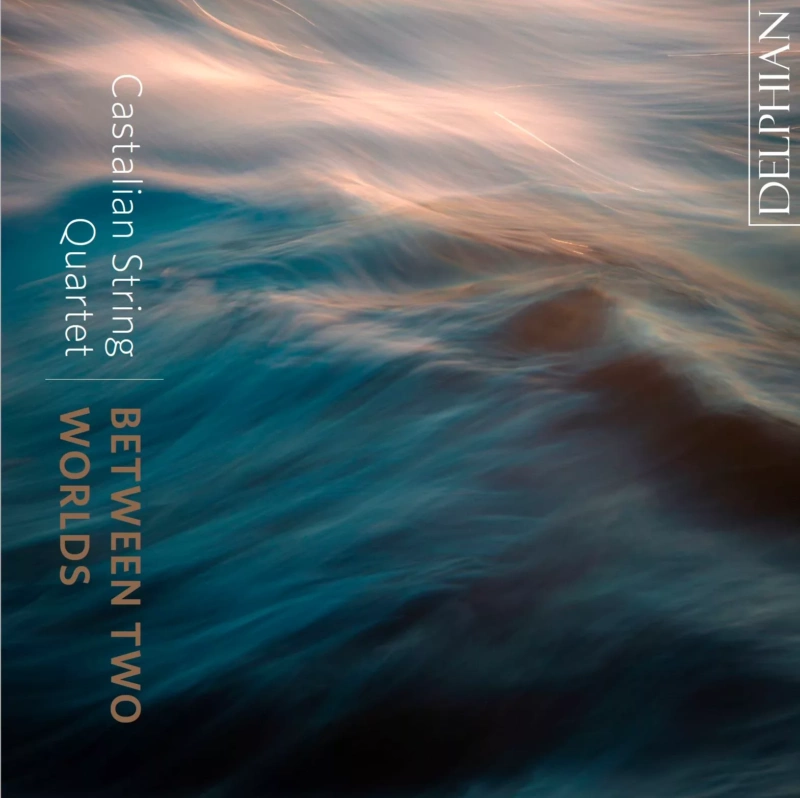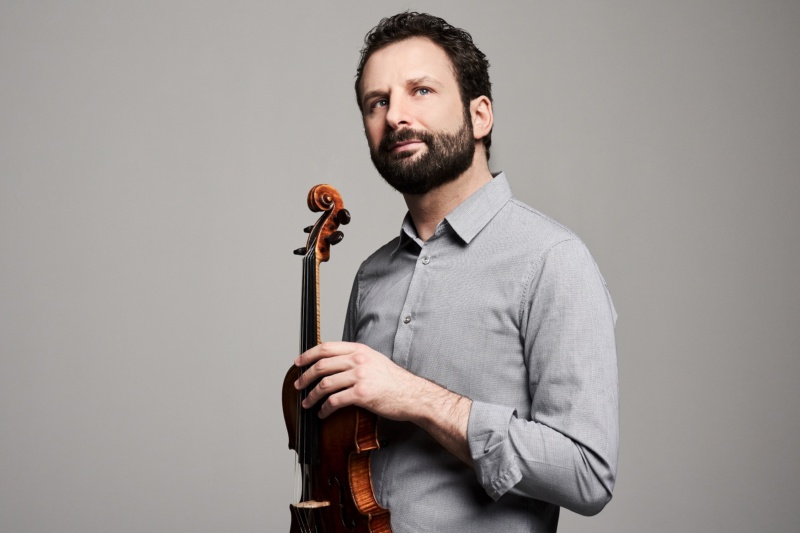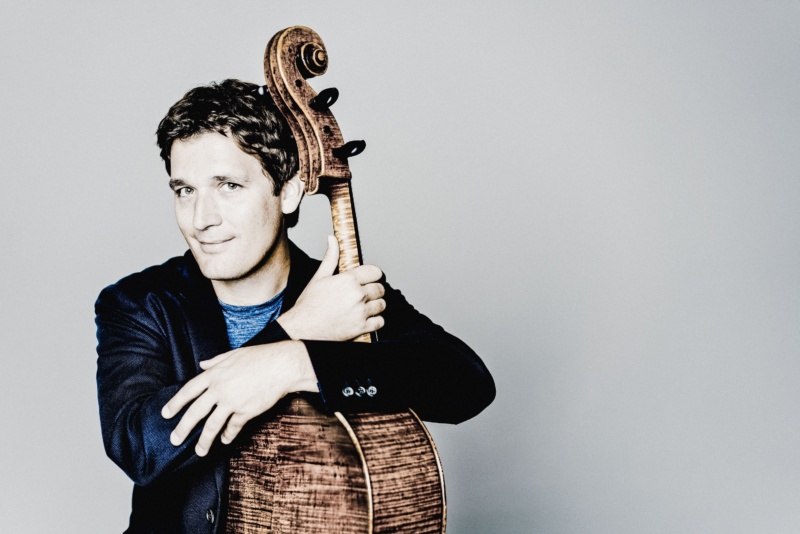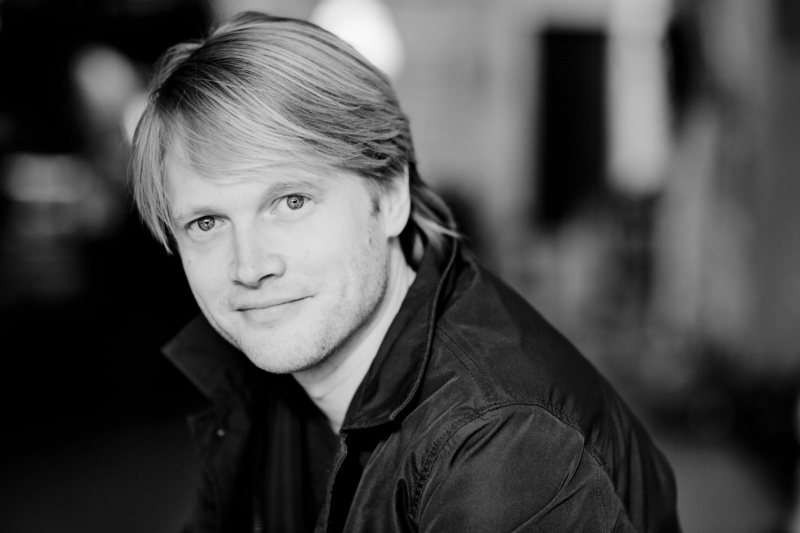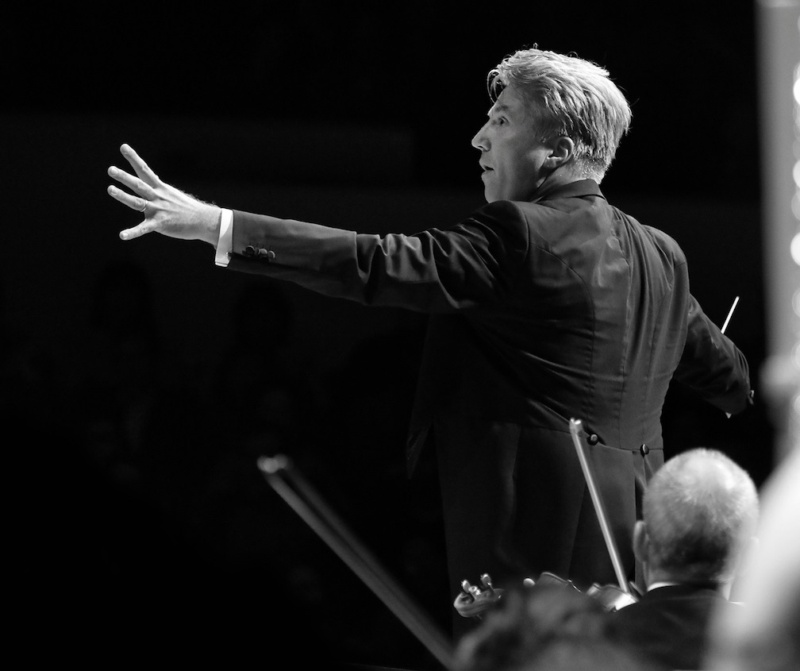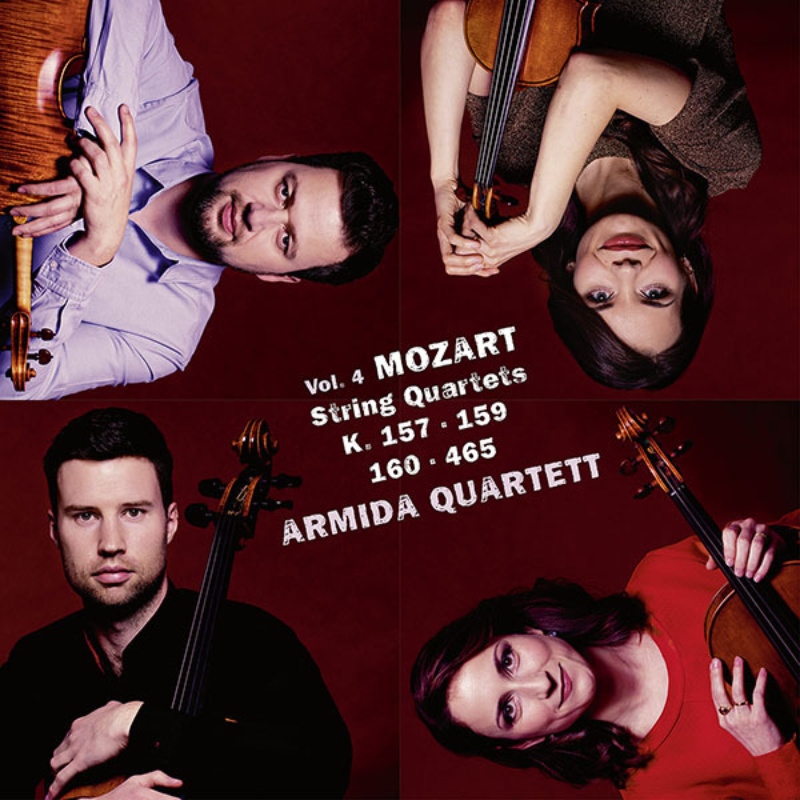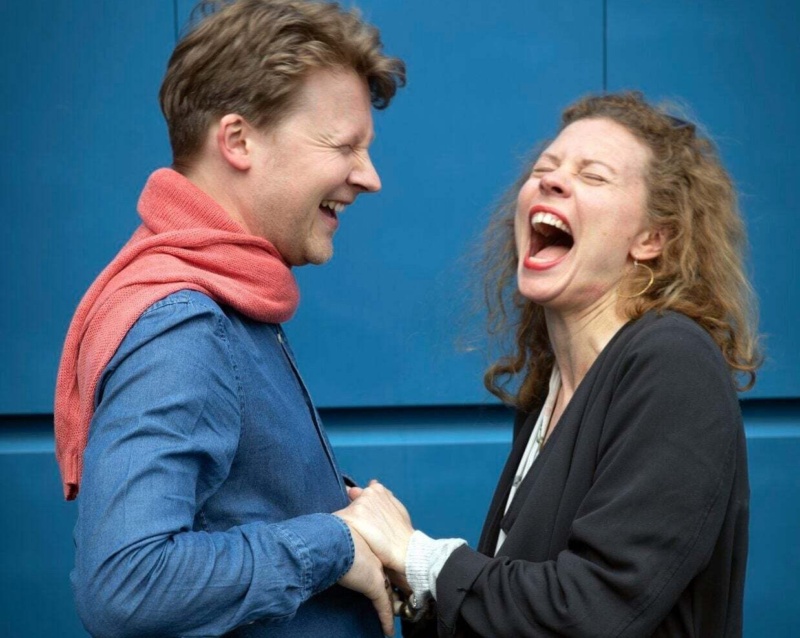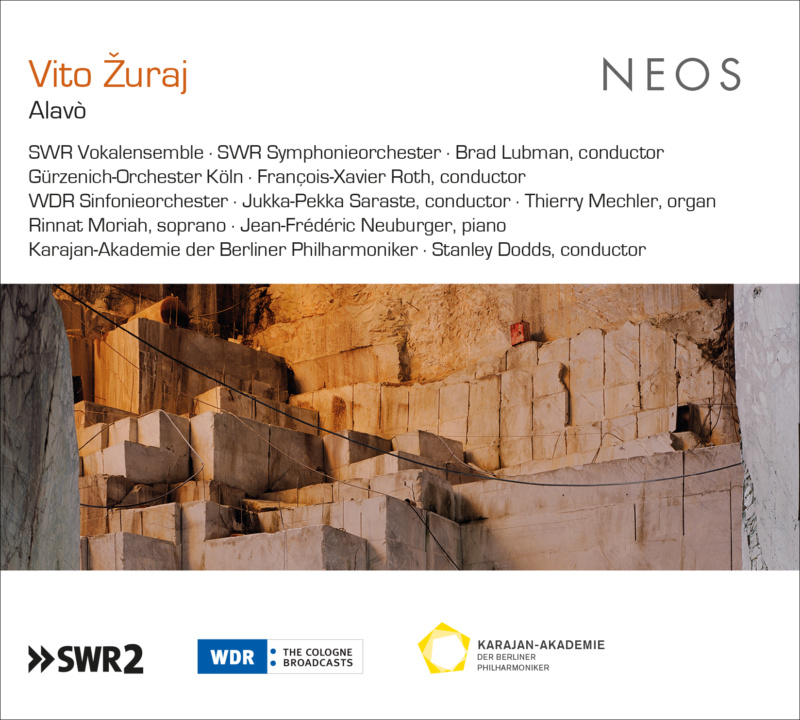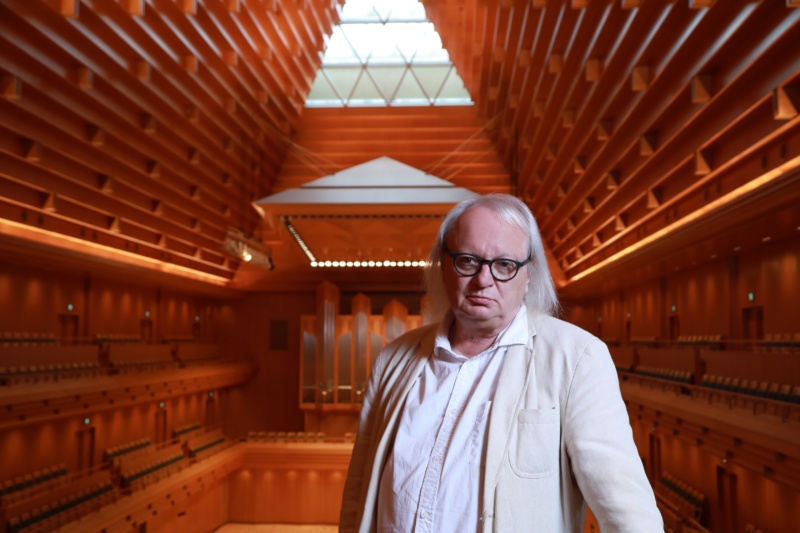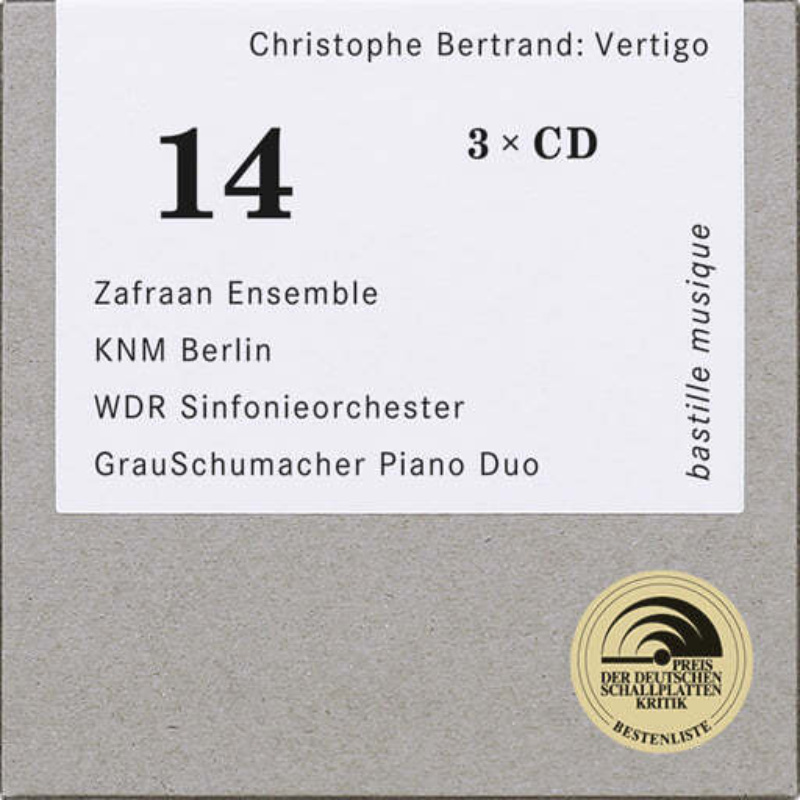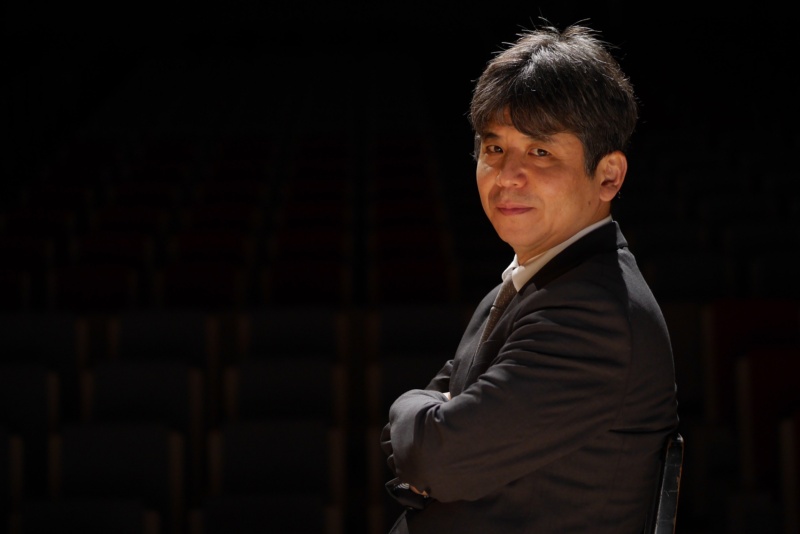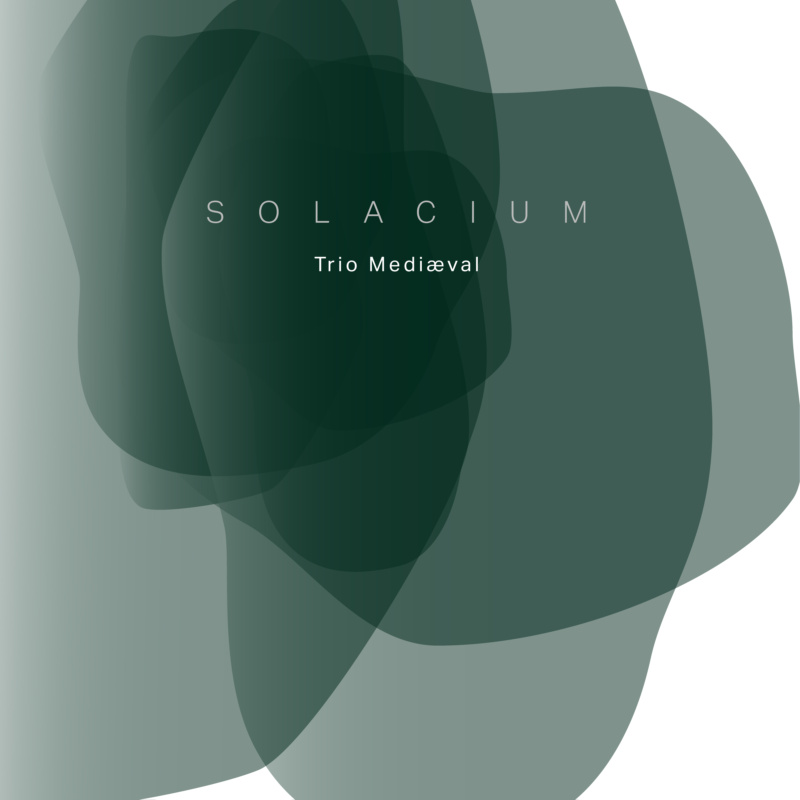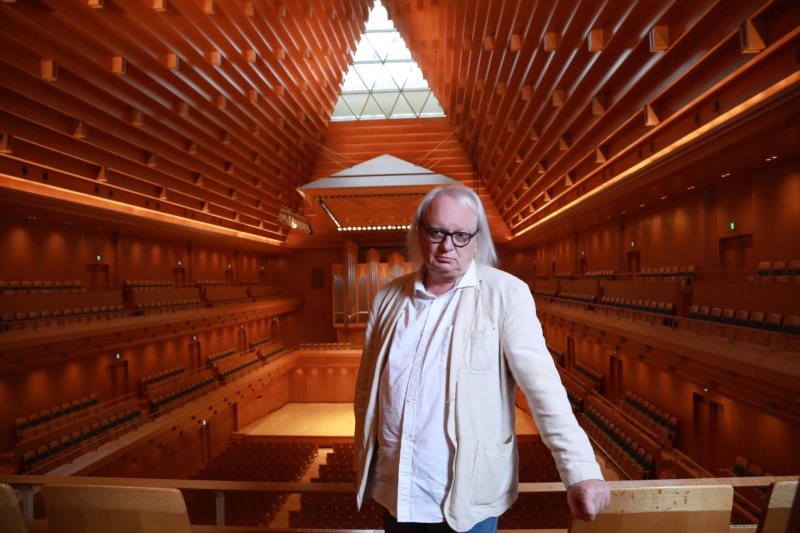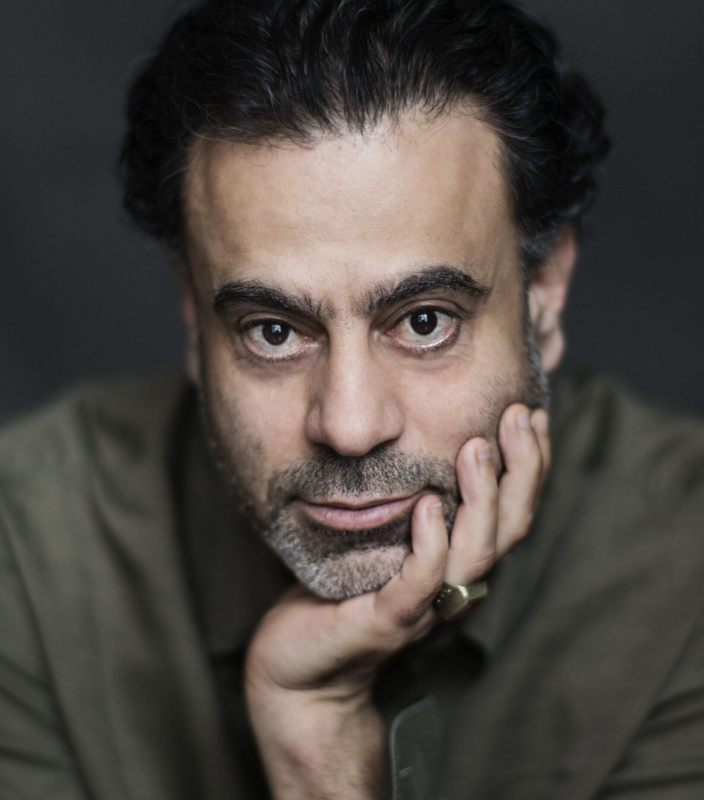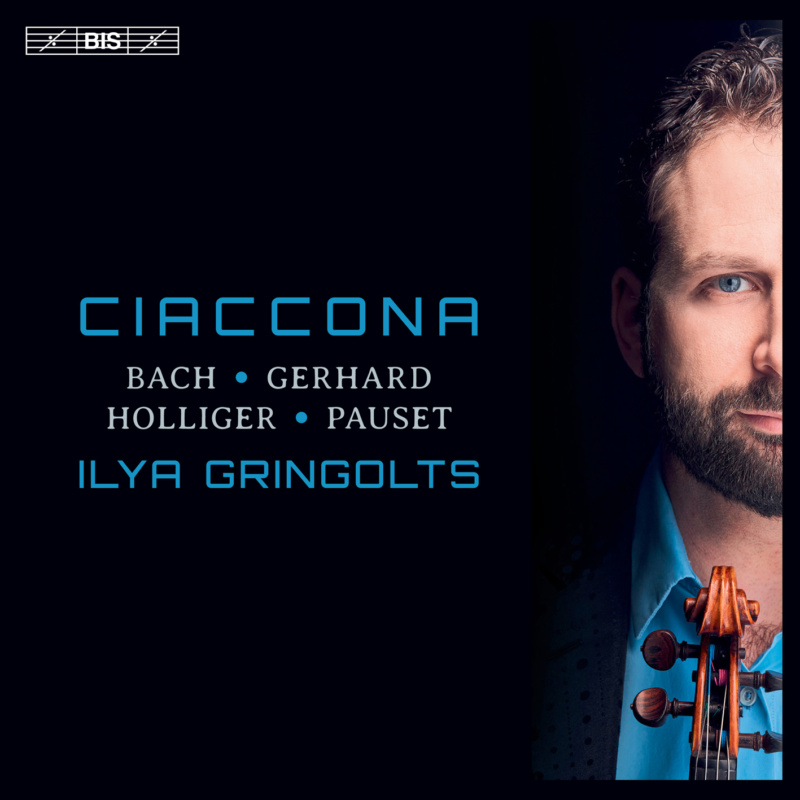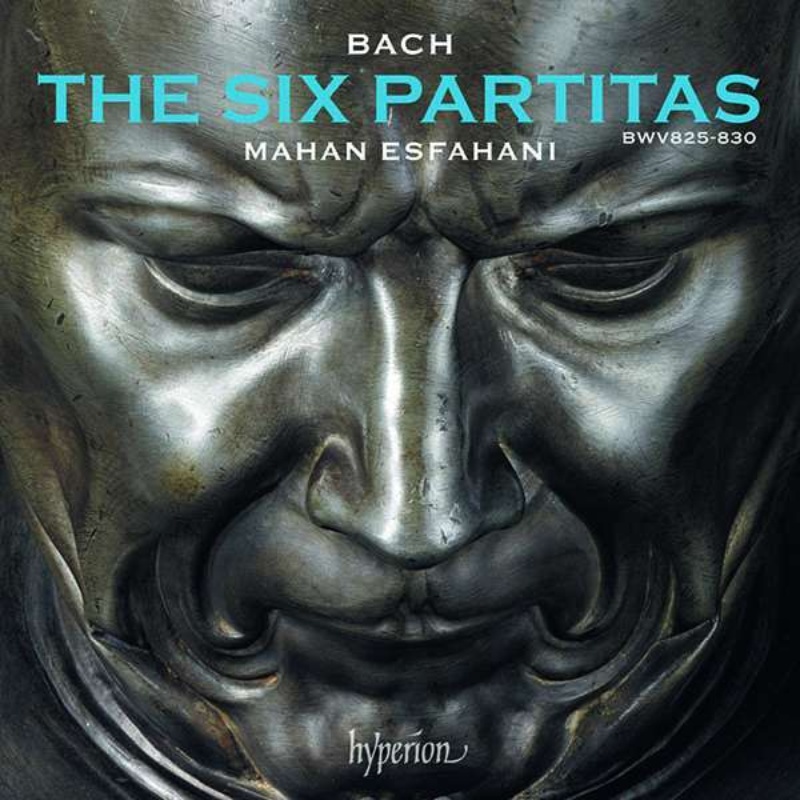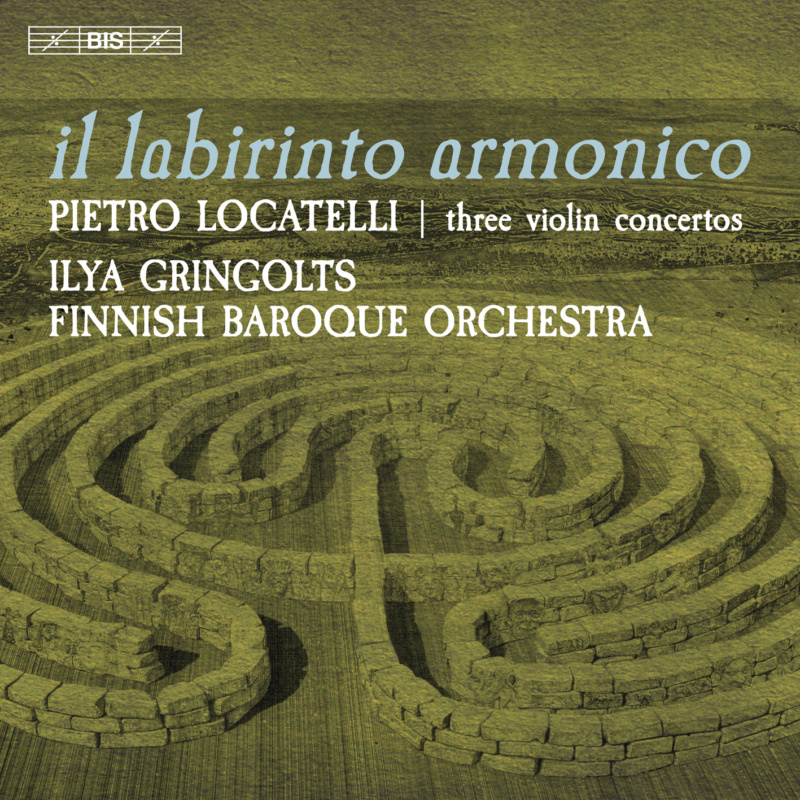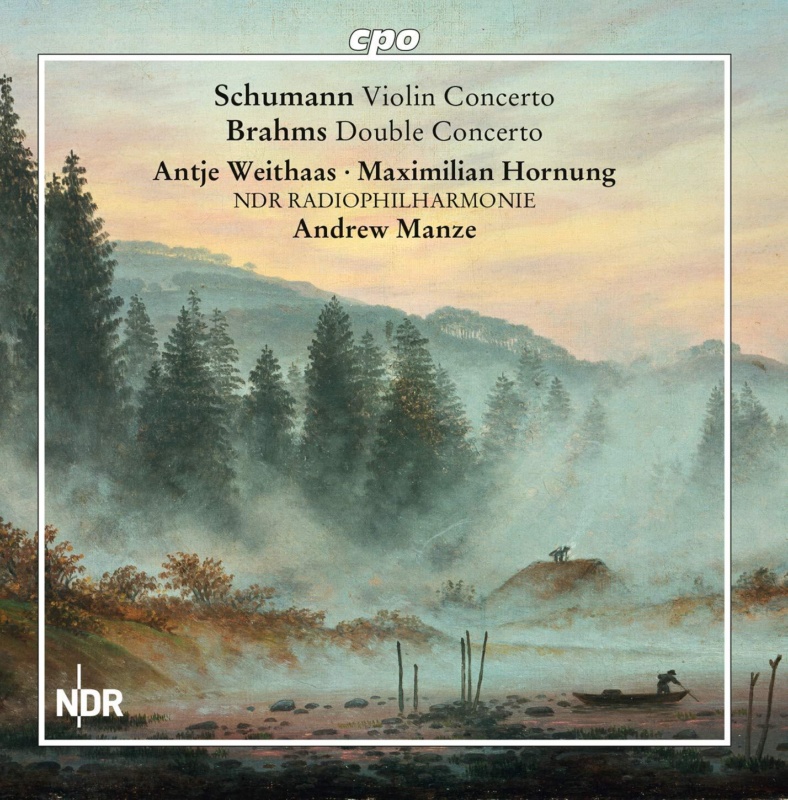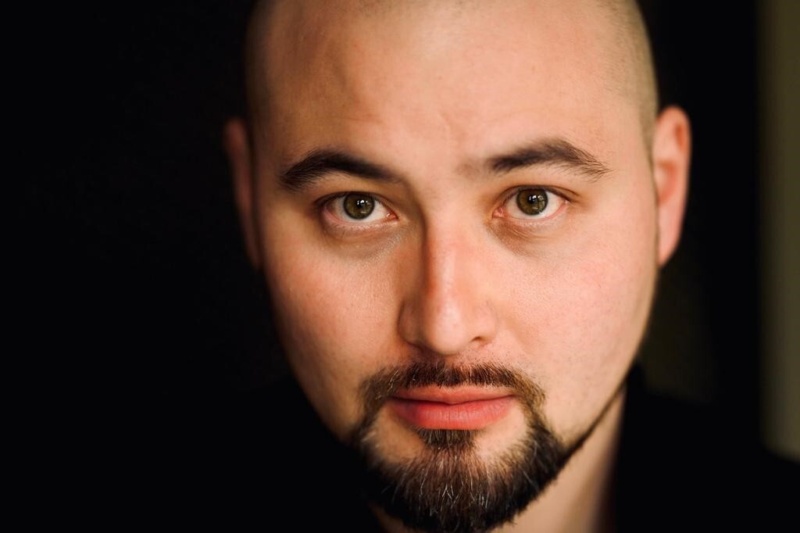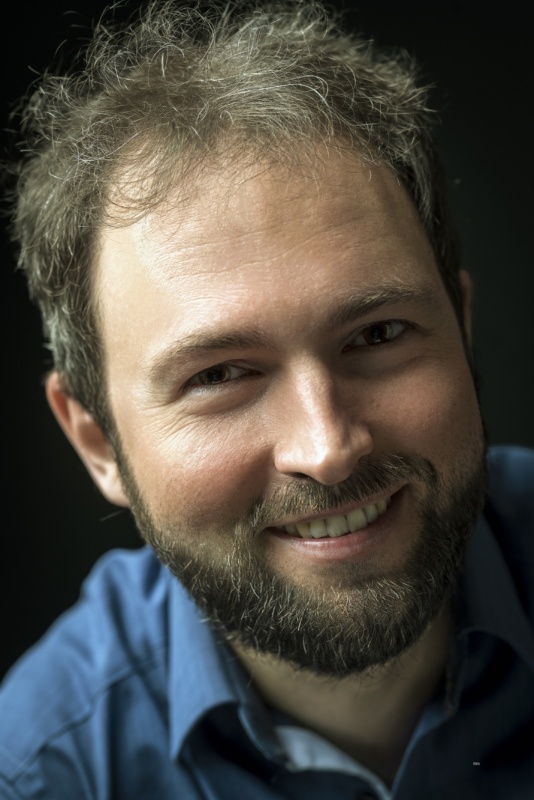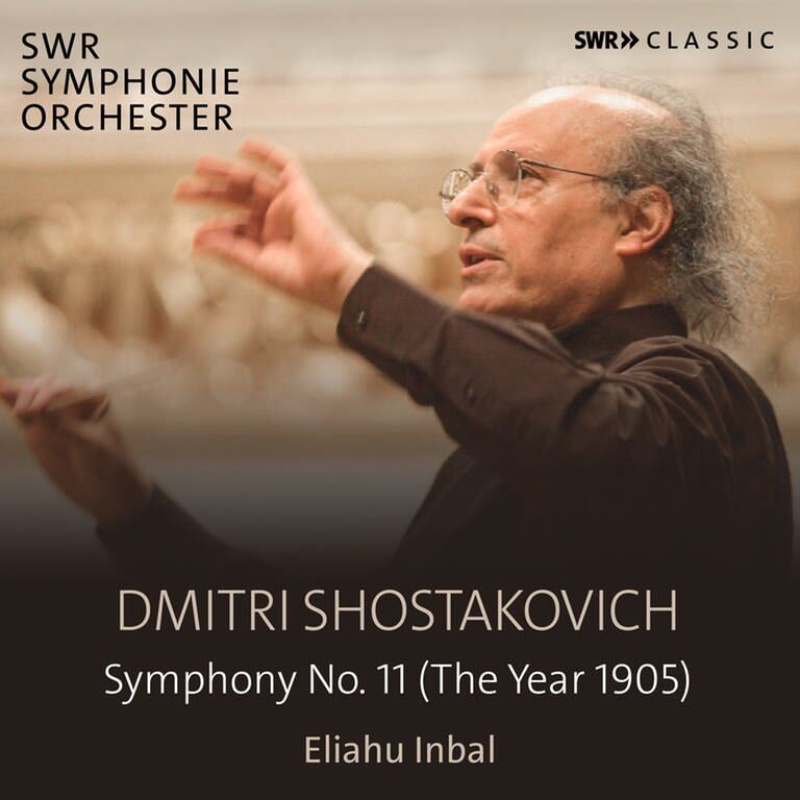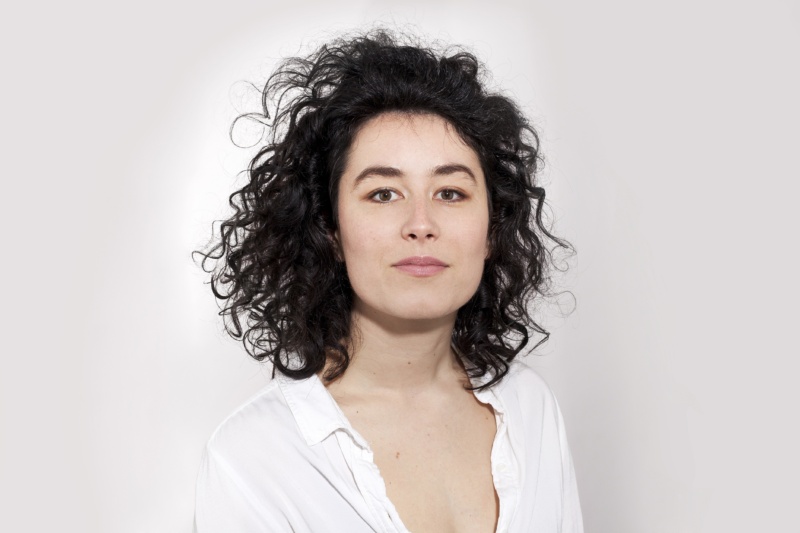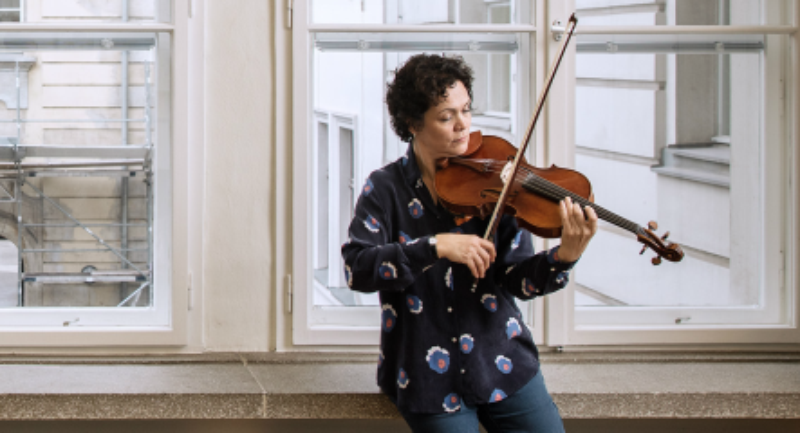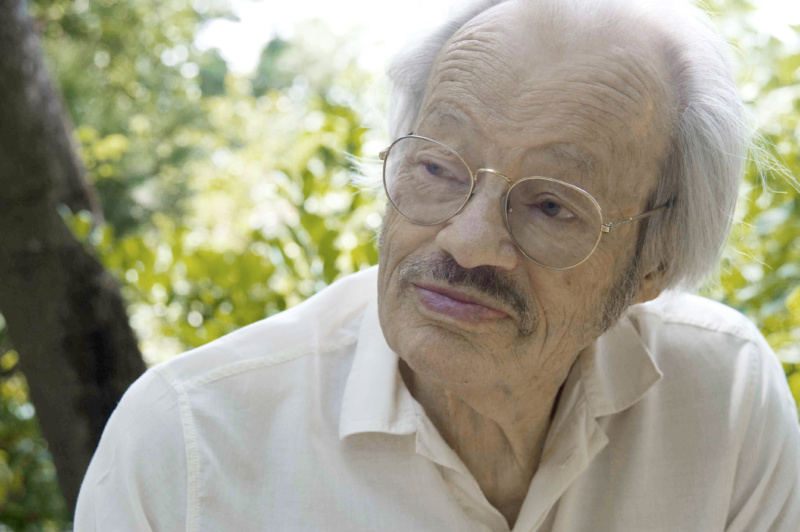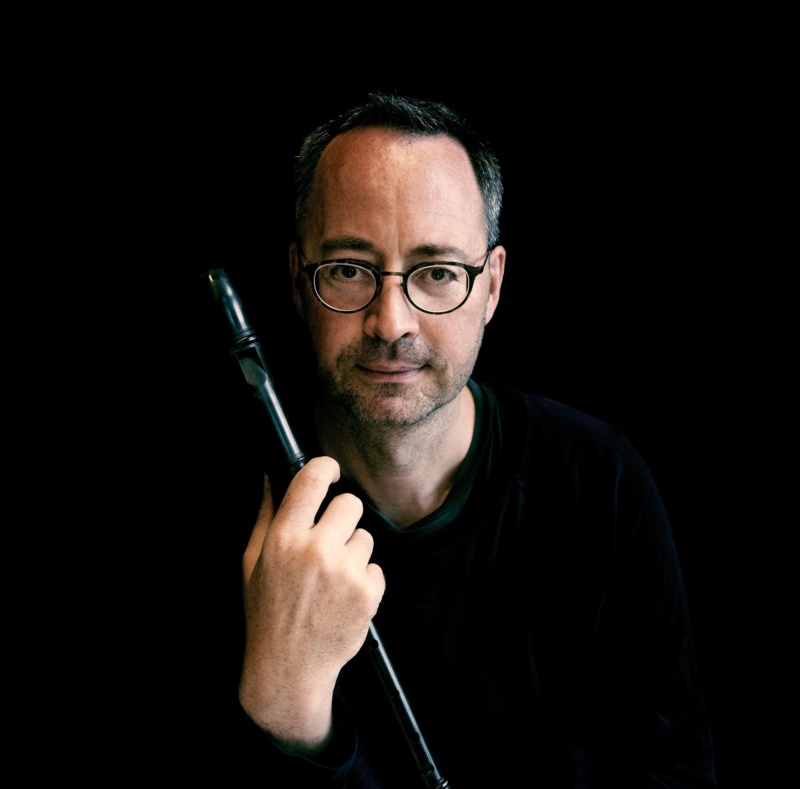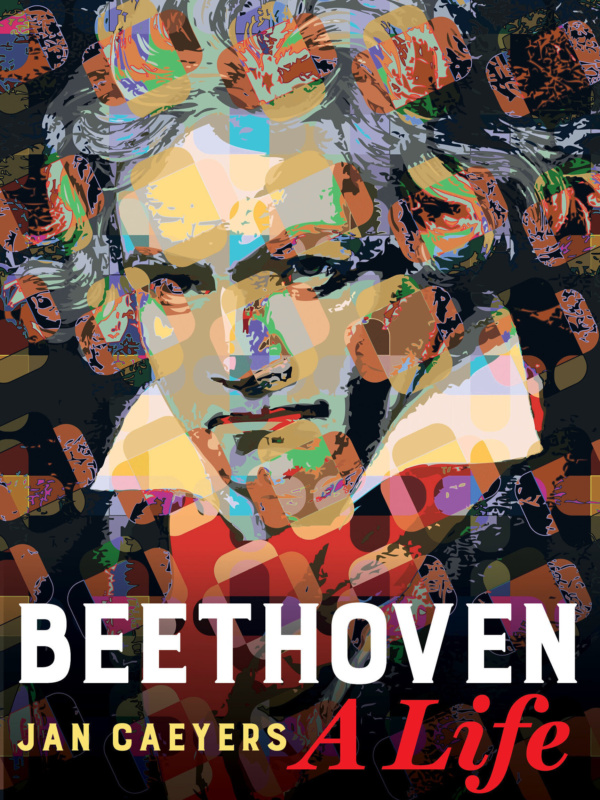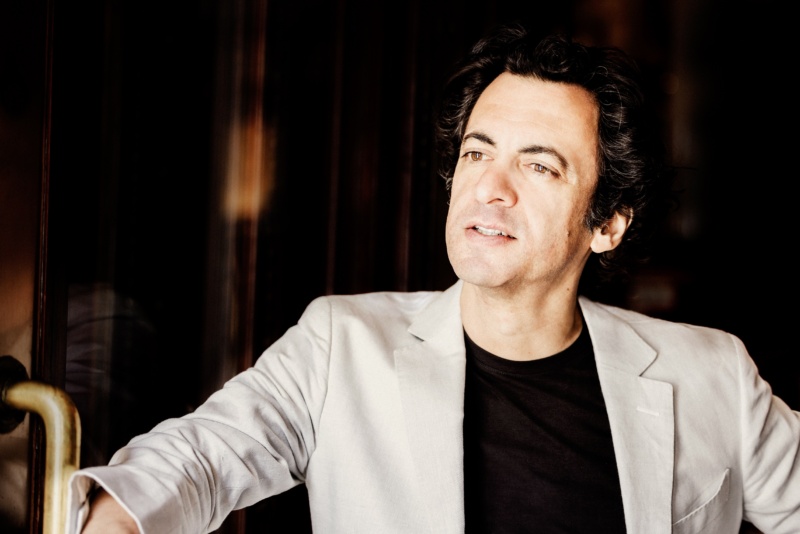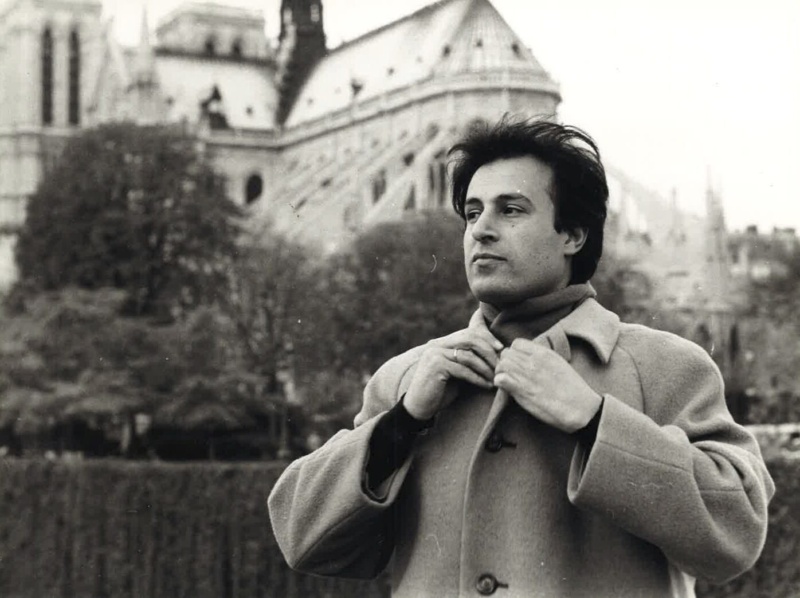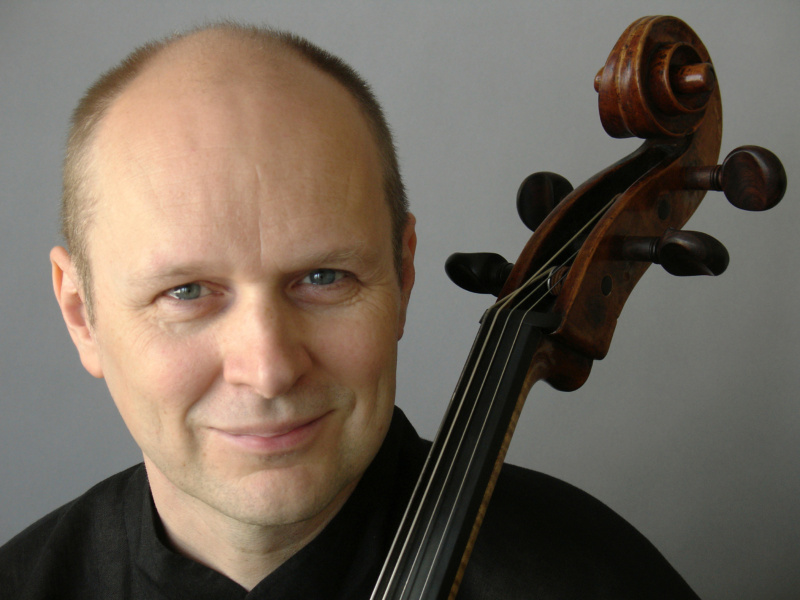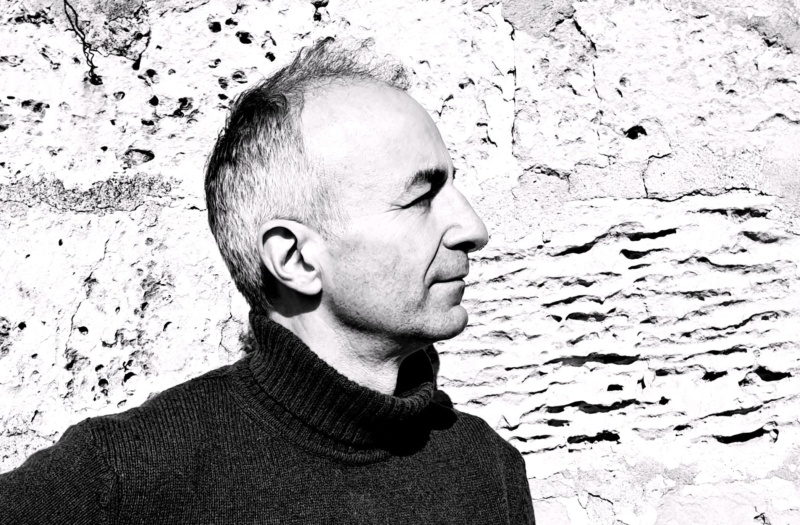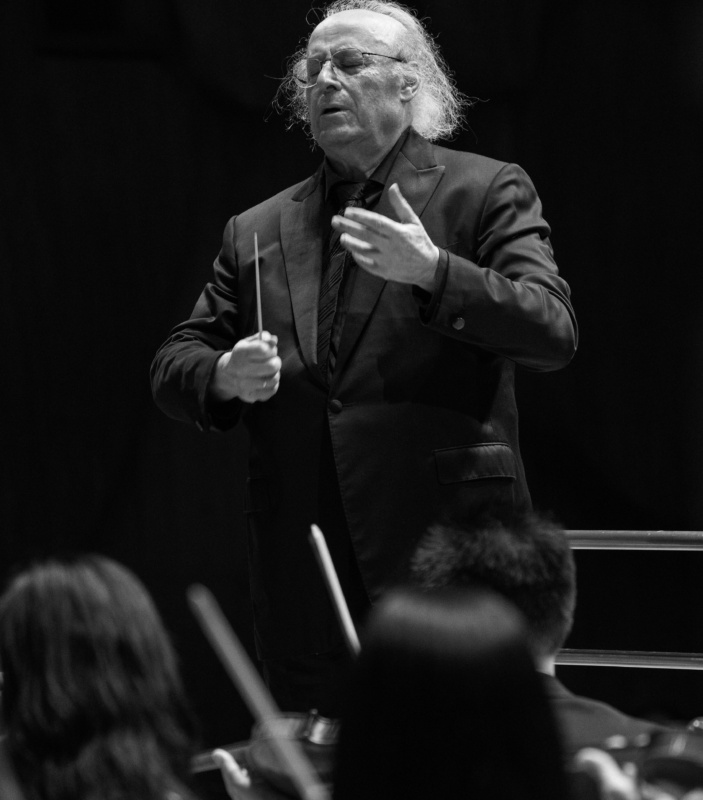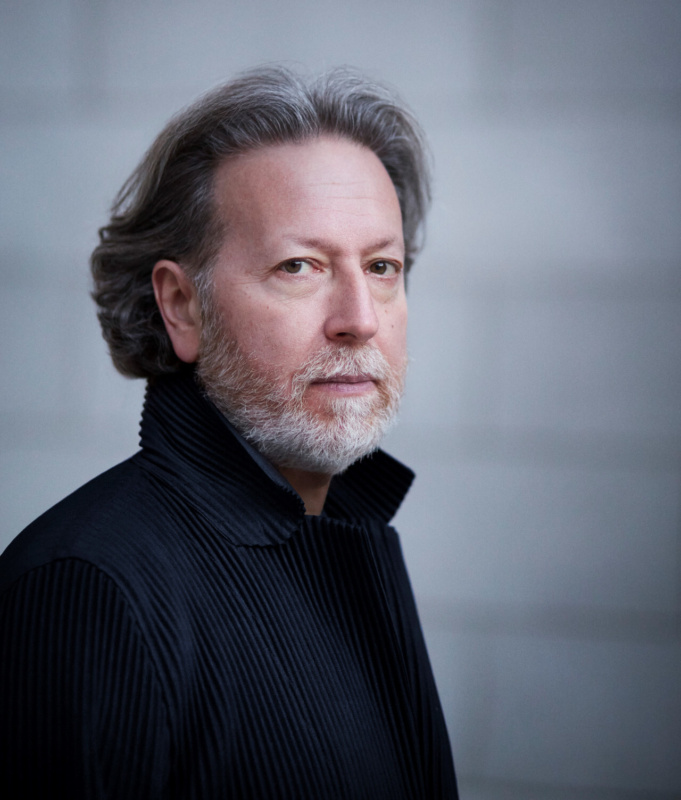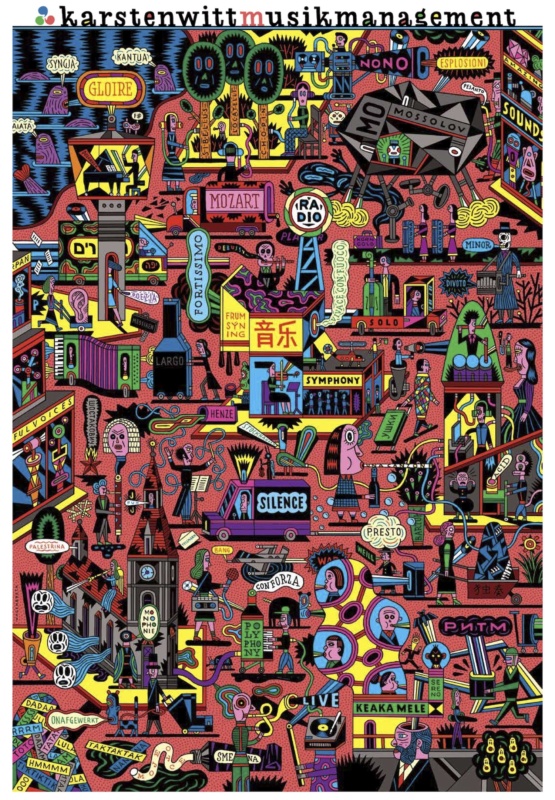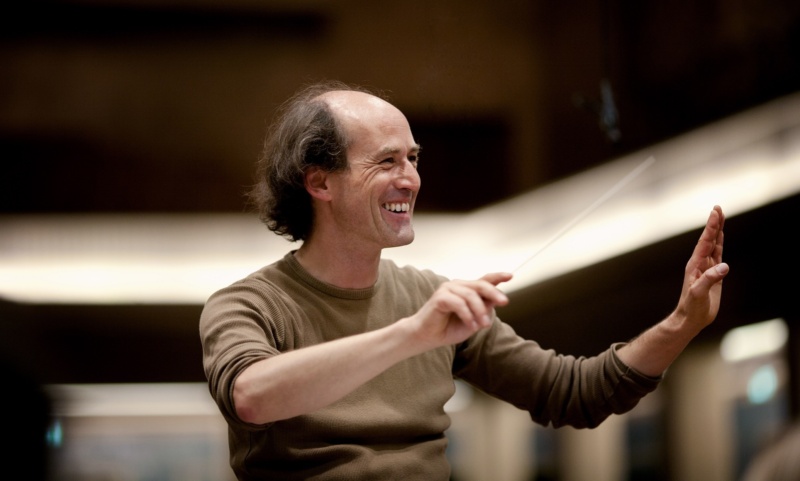In the run-up to the world premiere of Luca Francesconi’s concerto for two pianos and orchestra Macchine in Echo, Götz Schumacher talks about the new work, world premieres during the last few years and the diversity of aesthetic strategies in concertos – from Bach to Berio and Mozart to Manoury.
Amid preparations for the work’s world premiere, which the GrauSchumacher Piano Duo will give together with the WDR Symphony Orchestra Cologne under the direction of Peter Rundel, Götz Schumacher appears enthusiastic about the Italian’s creation. “It’s a sensational piece”, he says. “This music has an intensity and a strength that to me seems almost unbearable, it’s so full and complex. But it is still transparent, well-balanced. There are unbelievable pianistic figures that demand exceptional skills but which, as a result, sound truly virtuosic.” In a short introductory text on his new work, Luca Francesconi describes his fascination for the piano – as an instrument and more so the sheer number of possibilities in duo-formation and when combined with an orchestra: “Hammers, mirrors, hits, concentric, retrograde, multiplications, inversions of ranges, harmonies, noise, rhythm, rotation, duel, resonance, extremes. Two pianos are frighteningly powerful.“
The piano does indeed seem to be an instrument that can do everything, that is able to depict a whole orchestra in all its polyphony. How do composers deal with the immense possibilities that are created when two of these instruments are available – plus a full symphony orchestra? “There are so many approaches. In Mozart’s music, for example, dialogue is very distinct”, explains Götz Schumacher. “In his music there’s a continual to and fro between the instruments: one piano finishes a phrase, the other begins the next playing it to the end of the phrase before the other answers in a different octave. A counterexample would be the music of Bartók or Eötvös who adopt a uniform piano sound and almost use the two pianos as a double instrument.” The pianist also observes many solutions regarding the role of the orchestra: “Bach relays an additional colour to the orchestra when it plays its tutti. Later, in Bernd Alois Zimmermann or Luciano Berio’s music, the orchestra is no longer there as a mass of instruments but also as a group of individuals – there is dialogue between the pianos and particular instruments. And by that point, the possibilities become overwhelmingly diverse.”
For many years, Andreas Grau and Götz Schumacher have set themselves the task of reviving the boost that the Kontarsky brothers gave the repertoire for two pianos in the 1950s, 1960s and 1970s, and firmly anchoring the milestones of that time in concert halls. Alongside numerous world premieres, the pianists have recorded almost all the major works for piano and orchestra, including concertos by Zimmermann, Berio, Rihm and Veress. This autumn, the third part of their Concerti series, a collaboration with the Deutsches Symphonie-Orchester Berlin and Deutschlandradio Kultur, will be released. The first two CDs feature concertos by Mozart, Bartók, Bach and Stravinsky, as well as composer Stefan Heucke’s arrangement of Liszt’s Concerto pathétique for two pianos and orchestra, a project which was prompted by the duo. The third CD in the series, which also includes Francis Poulenc’s Concerto for two pianos, presents repertoire from the 20th century and provides further evidence that most composers by no means use the “overwhelming possibilities” that Götz Schumacher described to create musical bombast. The Canadian composer Colin McPhee, whose concerto features on the new CD alongside that of John Adams, proceeds in a very unique way. “Colin McPhee creates a Balinese sound”, explains Götz Schumacher. “We take on the role of a gamelan in a way. The pianos blend with the sound of the full orchestra but are mostly closely intertwined with the percussion. In Adams’ work there’s another, very different, job to be done: embedded in his Minimal style he develops virtuosic gestures for both pianos, and in doing so quotes almost Beethoven-like cascades of sound. He dreams that the two grand pianos are two Cadillacs driving down the highway and generating a frenzy of sounds.”
According to Andreas Grau and Götz Schumacher, the repertoire profits from the fact that the piano is for most composers a highly trusted instrument that they use in their daily work and often have an excellent command of. “This joy of playing is very apparent with Philippe Manoury for example, himself a superbly trained pianist. You can tell from the music how well-written it is for the piano”, says Götz Schumacher. Philippe Manoury, who alongside fellow composers such as Peter Eötvös and Jan Müller-Wieland has dedicated a piano concerto to the duo in the last few years, seems excited about the collaboration: “The way they both immersed themselves in the music without having to ask any technical questions, I value this very highly. Of course I can answer such questions. But when the musical spark, which is the vital part of musical expression, no matter what technical means are being used, doesn’t ignite straight away, then something gets lost. With the duo everything was perfectly clear from the outset.” Götz Schumacher describes Philippe Manoury’s work as “highly virtuosic, spectacular and concise with a boisterous energy. This joy of playing is a development that we are rediscovering in Francesconi’s music – the passion to take full advantage of the piano’s potential. Virtuosity has effectively returned.”
Nina Rohlfs, 09/2015 | Translation: Celia Wynne Willson
